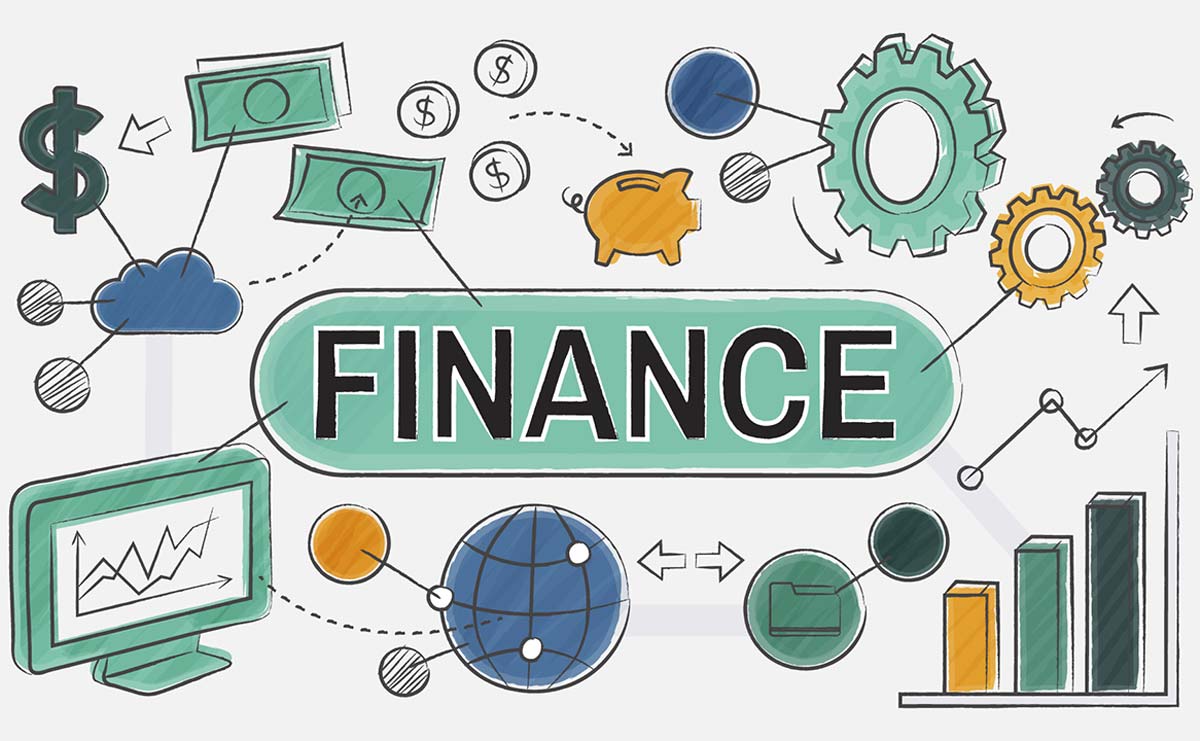Public Auction
A public auction is a way of selling goods or services to the highest bidder. This auction is open to the general public, and participants place bids on items or services until the auctioneer declares the highest bidder as the winner. Public auctions can take different forms and may involve various types of items, such as art, antiques, real estate, vehicles, or other valuable possessions.
Public auctions are a transparent and competitive way to determine the fair market value of items. There are several key points to keep in mind when participating in a public auction. Firstly, the auctioneer is the person who conducts the auction, calling out the bids and facilitating the sale.
Next, participants place bids on items, and the auctioneer announces each bid until no more bids are received. The highest bidder at the end of the auction wins the item. Some auctions may have a reserve price, which is the minimum amount that the seller is willing to accept for the item. If the bidding does not reach this minimum, the item may not be sold.
There are different types of auctions, including English auctions where bidders openly compete and the price increases until no one is willing to bid higher. Dutch auctions start with a high asking price that is gradually lowered until a bidder accepts the price. Sealed bid auctions require bidders to submit written bids and the highest bid wins.
With the advent of the internet, many auctions now take place online, allowing people from around the world to participate. Once an item is won, the winning bidder is typically required to pay the bid amount, and payment methods and terms may vary depending on the auction.
Finally, government agencies may hold public auctions to sell surplus equipment, seized assets, or other items. In summary, public auctions are commonly used for both new and used items, and the format can vary depending on the nature of the goods being auctioned.



